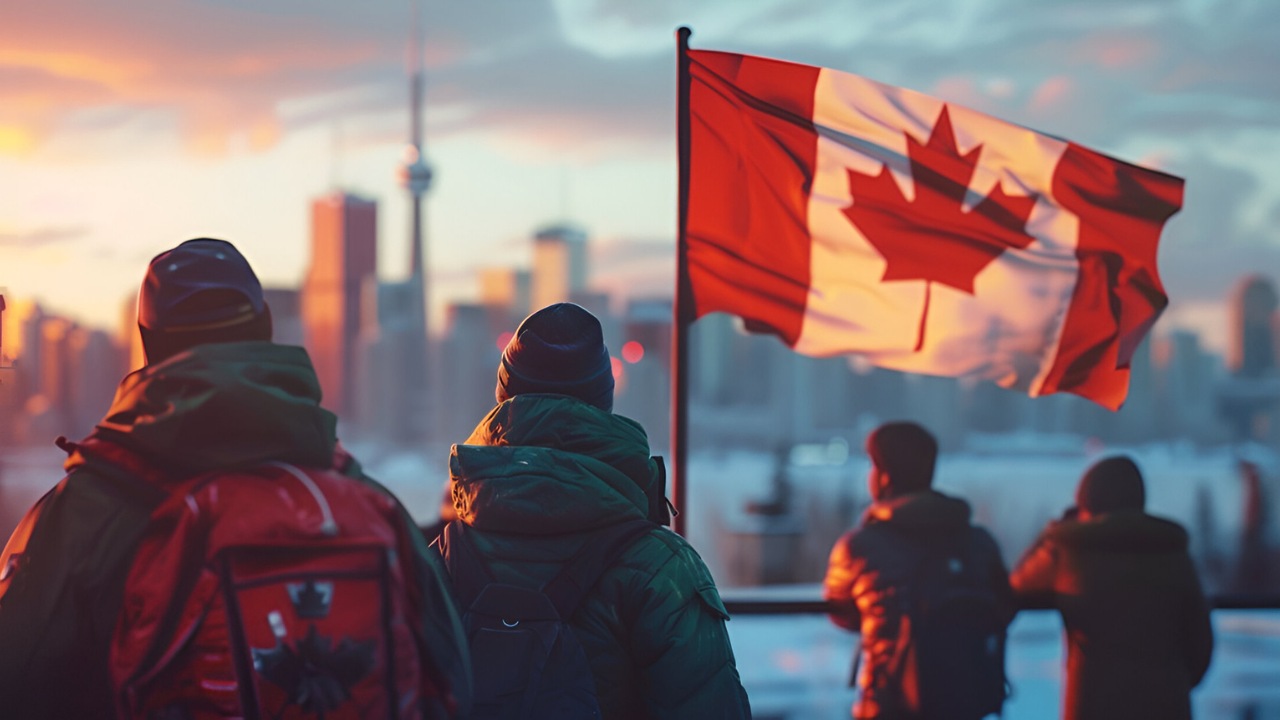Essential Canadian Slang Every American Should Know

Planning a trip to Canada? Knowing some Canadian slang can make your visit more enjoyable. Canadians have unique expressions that might leave you puzzled if you're not familiar with them. Imagine someone offering you a "double-double" or asking if you want to go for a "two-four." These terms are part of everyday conversation in Canada. Understanding these phrases will help you connect better with locals and avoid any confusion. Whether you're visiting Toronto, Vancouver, or a small town in the Rockies, a bit of local lingo goes a long way. Ready to learn some fun and useful Canadian slang? Let's get started!
Why Learn Canadian Slang?
Understanding Canadian slang can make your visit to the Great White North more enjoyable. It helps you connect with locals and navigate conversations with ease. Here are some essential terms to get you started.
Common Canadian Slang Words
Here are some of the most common Canadian slang words you might encounter:
Eh: A classic Canadian expression used at the end of a sentence to turn it into a question or to seek agreement. Example: "Nice weather, eh?"
Toque: A warm knitted hat, often worn in winter. Example: "Don't forget your toque; it's freezing outside!"
Loonie: A one-dollar coin featuring a loon. Example: "I need a loonie for the vending machine."
Double-Double: A coffee with two creams and two sugars, popular at Tim Hortons. Example: "I'll have a double-double, please."
Pop: What Canadians call soda. Example: "Can I get a pop with my meal?"
Regional Canadian Slang
Different regions in Canada have their own unique slang. Here are some examples:
Hoser: A term from Ontario, often used humorously to describe someone who is unsophisticated. Example: "That guy's such a hoser."
Bunny Hug: In Saskatchewan, this means a hoodie. Example: "It's chilly; grab your bunny hug."
Screech-In: A Newfoundland tradition where newcomers drink a shot of screech rum and kiss a codfish. Example: "Are you ready for your screech-in?"
Gitch/Gotch: In Manitoba, this refers to underwear. Example: "I need to buy some new gitch."
Two-Four: A case of 24 beers, commonly used in many provinces. Example: "Let's pick up a two-four for the party."
Food-Related Canadian Slang
Canada has some unique food terms that might confuse visitors. Here are a few:
Poutine: A dish of fries topped with cheese curds and gravy. Example: "I could really go for some poutine right now."
Kraft Dinner: What Canadians call boxed macaroni and cheese. Example: "We're having Kraft Dinner for lunch."
Beavertail: A fried dough pastry shaped like a beaver's tail, often topped with sweet treats. Example: "Let's get a beavertail at the fair."
Nanaimo Bar: A no-bake dessert bar with layers of chocolate, custard, and coconut. Example: "These Nanaimo bars are delicious."
Caesar: A cocktail similar to a Bloody Mary but made with Clamato juice. Example: "I'll have a Caesar with my brunch."
Canadian Sports Slang
Sports are a big part of Canadian culture, and they come with their own slang. Here are some terms to know:
Puck Bunny: A fan, usually female, who follows hockey players closely. Example: "She's such a puck bunny."
Gongshow: A chaotic or wild hockey game. Example: "Last night's game was a total gongshow."
Barn: A hockey arena. Example: "We're heading to the barn for the game."
Chirping: Trash-talking or teasing in sports. Example: "He's always chirping the other team."
Beauty: A term for a great player or person. Example: "That guy's a beauty on the ice."
Everyday Canadian Slang
These everyday slang terms will help you sound like a local:
Keener: Someone who is overly eager or enthusiastic. Example: "She's such a keener in class."
Runners: What Canadians call sneakers or athletic shoes. Example: "I need new runners for the gym."
Mickey: A small bottle of liquor, typically 375 ml. Example: "I brought a mickey to the party."
Washroom: The term for a bathroom or restroom. Example: "Where's the washroom?"
Chesterfield: A couch or sofa. Example: "Let's sit on the chesterfield and watch TV."
Embracing Canadian Slang
Learning Canadian slang can make your visit to Canada more enjoyable. Understanding terms like "loonie," "toque," and "double-double" helps you connect with locals. It’s not just about words; it’s about feeling at home in a new place.
Using these expressions shows respect for Canadian culture and can even lead to some fun conversations. You might find yourself laughing over the differences and similarities between American and Canadian English.
Next time you’re in Canada, try out some of these phrases. Whether you’re ordering coffee or chatting with new friends, you’ll feel more confident and connected.
So, pack your bags, brush up on your Canadian slang, and get ready for an adventure. Canada’s waiting to welcome you with open arms and maybe even a "double-double."

